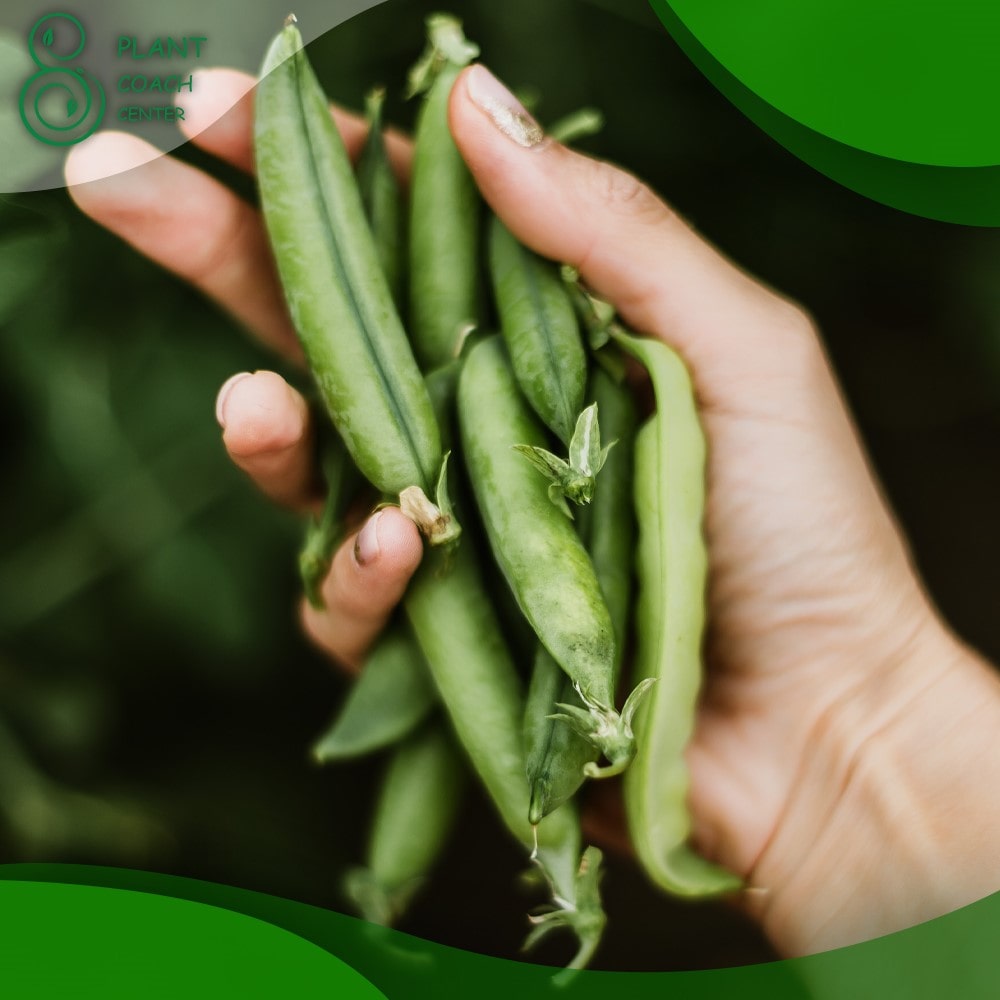When to Plant Snap Peas
Welcome to our comprehensive guide on when to plant snap peas. Snap peas (Pisum sativum var. macrocarpon) are delicious and nutritious vegetables that thrive in various climates. In this article, we will explore the optimal planting dates, growing requirements, common problems, and the benefits of plant coaching for snap pea cultivation. For expert guidance and support, visit PlantCoachCenter.com.
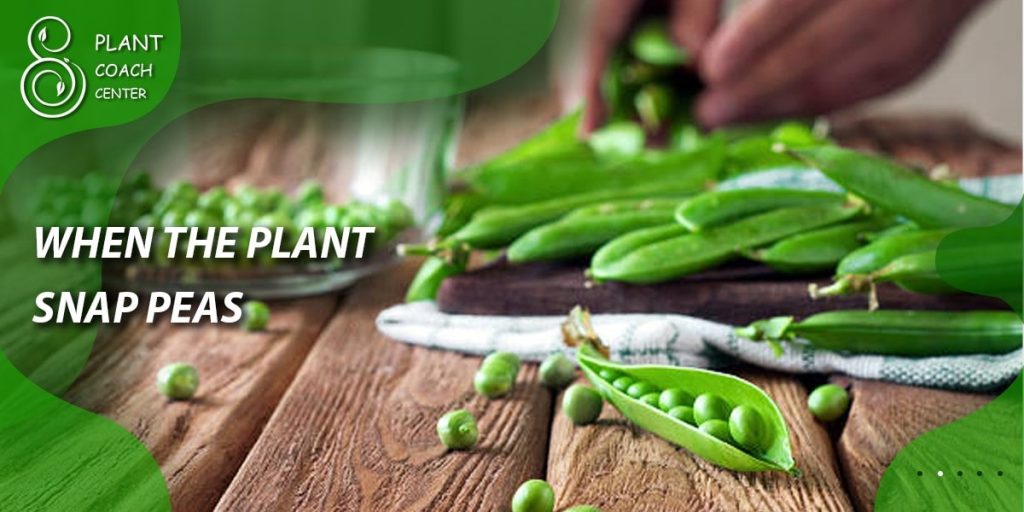
Understanding Snap Peas and Their Growing Requirements
Snap peas, also known as sugar snap peas, are a popular garden vegetable valued for their sweet flavor and crisp texture. Understanding their growing requirements is essential for successful cultivation.
- Characteristics of Snap Peas
– Snap peas are cool-season legumes that belong to the Fabaceae family.
– They produce edible pods filled with plump, sweet peas.
– Varieties include “Sugar Ann,” “Sugar Snap,” and “Cascadia.”
– Some snap pea varieties are bush-type, while others are vining types.
- Soil Requirements for Snap Peas
– Snap peas prefer well-drained soil rich in organic matter.
– The soil pH should be slightly acidic to neutral, ideally between 6.0 and 7.0.
– Conduct a soil test to assess nutrient levels and make necessary amendments.
- Sunlight and Temperature Needs
– Snap peas thrive in full sun, requiring at least six hours of direct sunlight daily.
– They perform best in cool temperatures, with an optimal range of 55°F to 70°F (13°C to 21°C).
– High temperatures can lead to reduced yield and affect pod quality.
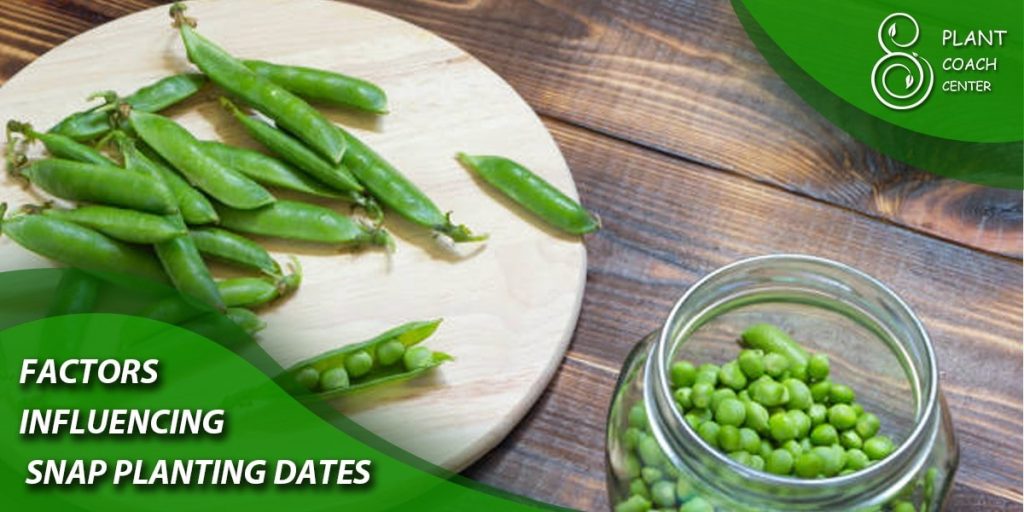
Factors Influencing Snap Pea Planting Dates
Several factors influence the ideal planting dates for snap peas. Understanding these factors will help you determine the best time to sow your seeds or transplant seedlings.
- Climate Considerations
– Snap peas are cool-season crops suited for regions with moderate temperatures.
– Consider the average frost dates in your area to plan your planting schedule.
– Consult local agricultural extension offices or gardening resources for climate-specific recommendations.
- Local Weather Patterns
– Observe local weather patterns, including temperature fluctuations and the last expected frost date.
– Snap peas can tolerate light frosts, but it’s best to avoid planting during periods of extreme cold or heat.
- Soil Temperature and Moisture
– Soil temperature affects seed germination and root development.
– Snap peas prefer soil temperatures between 45°F and 65°F (7°C to 18°C).
– Wait for the soil to warm up adequately before planting to ensure proper seedling establishment.
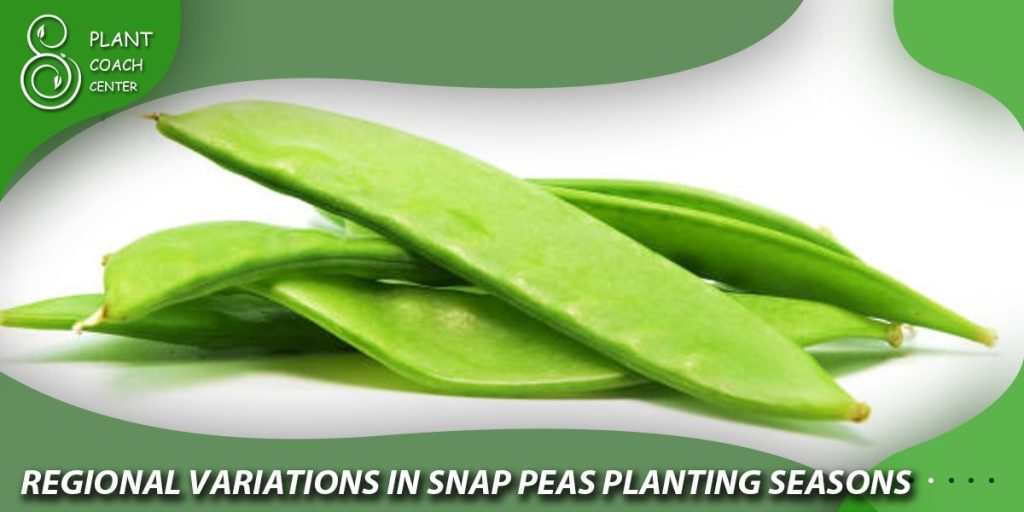
Regional Variations in Snap Pea Planting Seasons
Snap pea planting seasons vary based on regional climates. Understanding the specific requirements for your area will help you make informed decisions about planting times.
- Snap Peas in Temperate Climates
- Spring Planting:
– In temperate regions, spring is the primary planting season for snap peas.
– Wait until the soil is workable and has reached the appropriate temperature.
– Aim to plant snap peas 4 to 6 weeks before the last expected frost date.
– This allows the plants to mature before the arrival of hot summer temperatures.
- Fall Planting:
– In some temperate regions, fall planting of snap peas is possible.
– Plant snap peas in late summer or early fall, ensuring a sufficient growing period before the first frost.
– This allows for an early harvest the following spring.
- Snap Peas in Arid and Semi-Arid Regions:
– In arid and semi-arid regions, snap peas are often grown as a winter crop.
– Plant them in late fall to take advantage of cooler temperatures and ample sunlight.
– Monitor soil moisture levels and water regularly to ensure proper growth.
- Snap Peas in Cold Climates:
– Gardeners in cold climates can still enjoy snap peas by planting them early in the season.
– Utilize season-extension techniques like row covers or cold frames to protect young plants from frost.
- Snap Peas in Coastal and Humid Areas:
– Coastal and humid regions offer favorable conditions for snap peas.
– Planting can occur throughout the growing season, taking advantage of milder temperatures and adequate moisture.
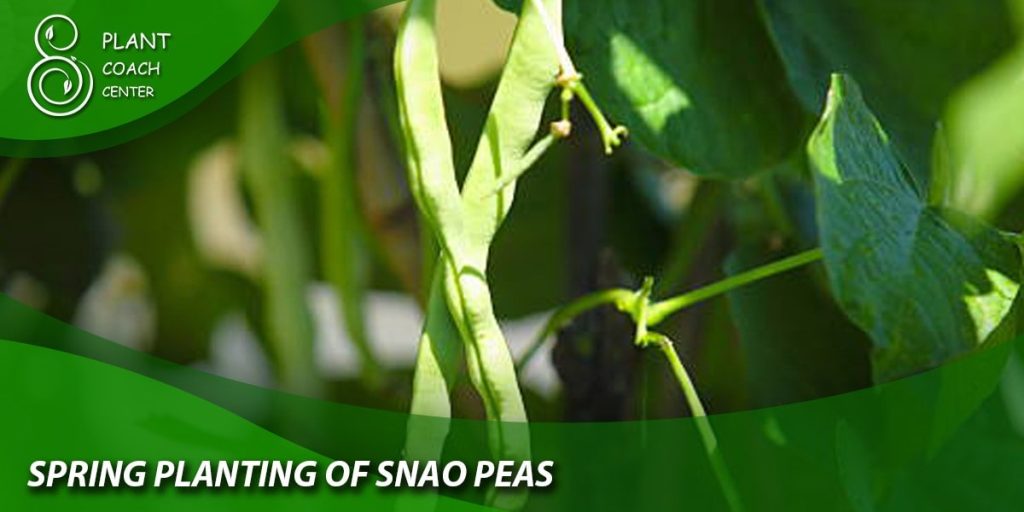
Spring Planting of Snap Peas
Spring is a prime season for planting snap peas in temperate regions. Follow these guidelines to ensure a successful spring planting.
- Preparing the Soil for Snap Peas
– Choose a well-drained location with full sun exposure for your snap pea bed.
– Clear the area of weeds, rocks, and debris that may impede growth.
– Amend the soil with organic matter, such as compost or well-rotted manure, to improve fertility and drainage.
- Direct Sowing vs. Transplanting Seedlings
– Direct Sowing:
– Sow snap pea seeds directly into the prepared soil.
– Plant the seeds about 1 inch deep and 2 inches apart, in rows spaced approximately 18 to 24 inches apart.
– Consider using trellises or supports to help the vines climb as they grow.
– Transplanting Seedlings:
– Start snap pea seeds indoors 4 to 6 weeks before the last expected frost date.
– Transplant the seedlings outdoors once they have developed a strong root system.
– Space the seedlings according to the recommendations on the seed packet, usually 4 to 6 inches apart.
- Managing Weeds and Pests in Snap Pea Beds
– Regularly inspect the snap pea bed for weeds and promptly remove them to prevent competition for nutrients and water.
– Implement cultural practices such as mulching and proper spacing to discourage weed growth.
– Monitor for common pests like aphids and slugs. Employ organic pest control methods or consult with a plant coach for guidance.
Fall Planting of Snap Peas
Fall planting offers an alternative option for snap pea cultivation, providing an early harvest the following spring. Follow these steps for successful fall planting.
- Benefits of Fall Planting for Snap Peas
– Cooler temperatures in the fall promote healthier plant growth and pod development.
– Snap peas planted in the fall often encounter fewer pest and disease issues.
– Fall-planted snap peas can take advantage of the following spring’s optimal growing conditions.
- Soil Preparation Techniques for Fall Planting
– Prepare the soil in late summer by removing any existing crops or weeds.
– Improve soil fertility by incorporating organic matter like compost or well-rotted manure.
– Conduct a soil test to determine nutrient levels and amend accordingly.
- Selecting Snap Pea Plants or Propagating from Seeds
– Choose snap pea varieties suitable for fall planting and ensure they have enough time to mature before the first frost.
– Consider purchasing young seedlings from a reputable nursery or garden center.
– Alternatively, start snap pea seeds indoors 6 to 8 weeks before the intended fall planting date.
- Winter Protection and Management for Fall-Planted Snap Peas
– Cover fall-planted snap peas with row covers or cloches to provide protection against frost and temperature fluctuations.
– Maintain adequate soil moisture during the winter months by applying mulch around the base of the plants.
– Monitor for signs of pests or diseases and take appropriate action to prevent damage.
Advanced Techniques for Snap Pea Planting
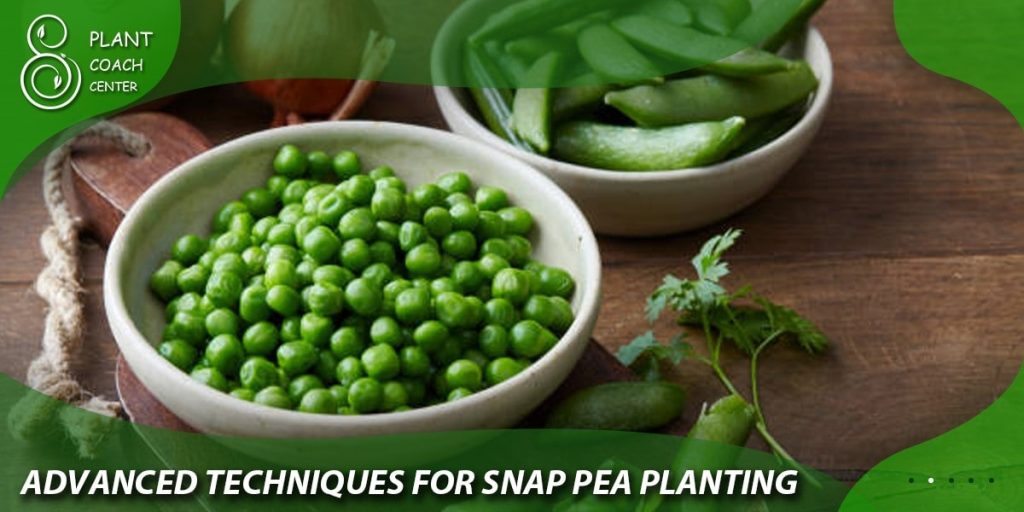
Take your snap pea cultivation to the next level by implementing advanced techniques that enhance growth and productivity.
- Raised Beds and Container Gardening
– Consider growing snap peas in raised beds or containers for improved drainage and soil aeration.
– Raised beds provide better control over soil quality and temperature, promoting healthier plant growth.
– Containers offer flexibility in terms of placement and mobility.
- Companion Planting and Intercropping with Snap Peas
– Utilize companion planting techniques to maximize space and enhance plant health.
– Plant snap peas alongside compatible crops like lettuce, radishes, or spinach, which can provide shade and help with weed suppression.
– Avoid intercropping with plants that have similar nutrient requirements to prevent competition.
- Precision Planting Methods for Snap Peas
– Optimize spacing and maximize yield by employing precision planting methods.
– Use a planting grid or measure distances carefully to ensure consistent spacing between plants.
– This technique allows for better airflow and reduces the risk of disease.
- Soil Amendments and Nutrient Management
– Regularly monitor soil nutrient levels and adjust accordingly to promote healthy snap pea growth.
– Apply organic fertilizers or compost to replenish nutrients depleted by previous crops.
– Consider incorporating nitrogen-fixing cover crops into your rotation to improve soil fertility.
Common Snap Pea Plant Problems and Solutions
Snap peas, like any plant, can face various challenges. Here are some common problems and their solutions:
- Identifying and Addressing Common Diseases
– Powdery Mildew: Ensure proper air circulation, avoid overhead watering, and consider using fungicidal sprays if necessary.
– Root Rots: Practice crop rotation, improve soil drainage, and avoid overwatering to mitigate the risk of root diseases.
- Managing Pests and Insect Infestations
– Aphids: Use insecticidal soaps, neem oil, or introduce beneficial insects like ladybugs to control aphid populations.
– Slugs and Snails: Employ physical barriers like copper tape or diatomaceous earth, or handpick them during the evening hours.
- Nutrient Deficiencies and Corrective Measures
– Nitrogen Deficiency: Apply nitrogen-rich fertilizers or compost to replenish nitrogen levels in the soil.
– Phosphorus Deficiency: Incorporate phosphorus-rich amendments or organic fertilizers to address deficiencies.
- Troubleshooting Growth Issues in Snap Peas
– Stunted Growth: Ensure proper soil fertility, adequate watering, and appropriate spacing to promote vigorous growth.
– Poor Pod Development: Inconsistent watering or inadequate pollination can hinder pod development. Maintain consistent soil moisture and encourage pollinators in your garden.
The Role of Plant Coaching in Snap Pea Cultivation
Plant coaching can greatly benefit snap pea growers, providing personalized guidance and support throughout the cultivation process. Visit PlantCoachCenter.com for expert assistance and advice.
- Benefits of Plant Coaching for Snap Pea Growers
– Tailored Guidance: Plant coaches offer individualized recommendations based on your specific gardening conditions and goals.
– Knowledge and Expertise: Benefit from the experience and expertise of plant coaches who specialize in snap pea cultivation.
– Problem Solving: Plant coaches can help troubleshoot issues, diagnose problems, and provide effective solutions.
– Continuous Learning: Expand your gardening knowledge and skills through ongoing coaching sessions and resources.
– Motivation and Encouragement: Plant coaches provide support, motivation, and encouragement to keep you inspired and engaged in your snap pea cultivation journey.
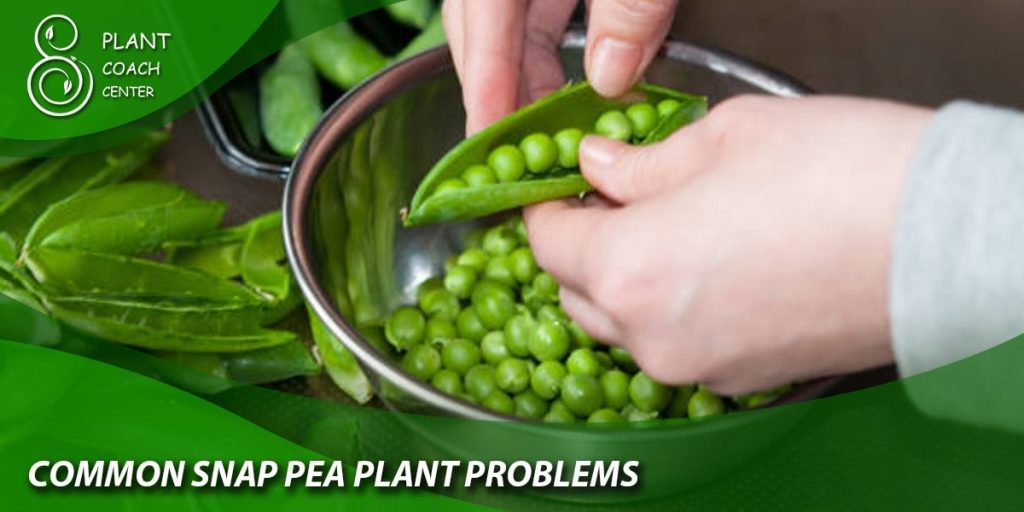
Conclusion
successful snap pea cultivation starts with understanding the optimal planting dates, growing requirements, and regional variations. By implementing advanced techniques, managing common problems, and seeking guidance from a plant coach, you can enjoy a bountiful harvest of sweet and crisp snap peas.
For expert guidance and support, visit PlantCoachCenter.com, where experienced plant coaches are ready to assist you in achieving your snap pea gardening goals.


